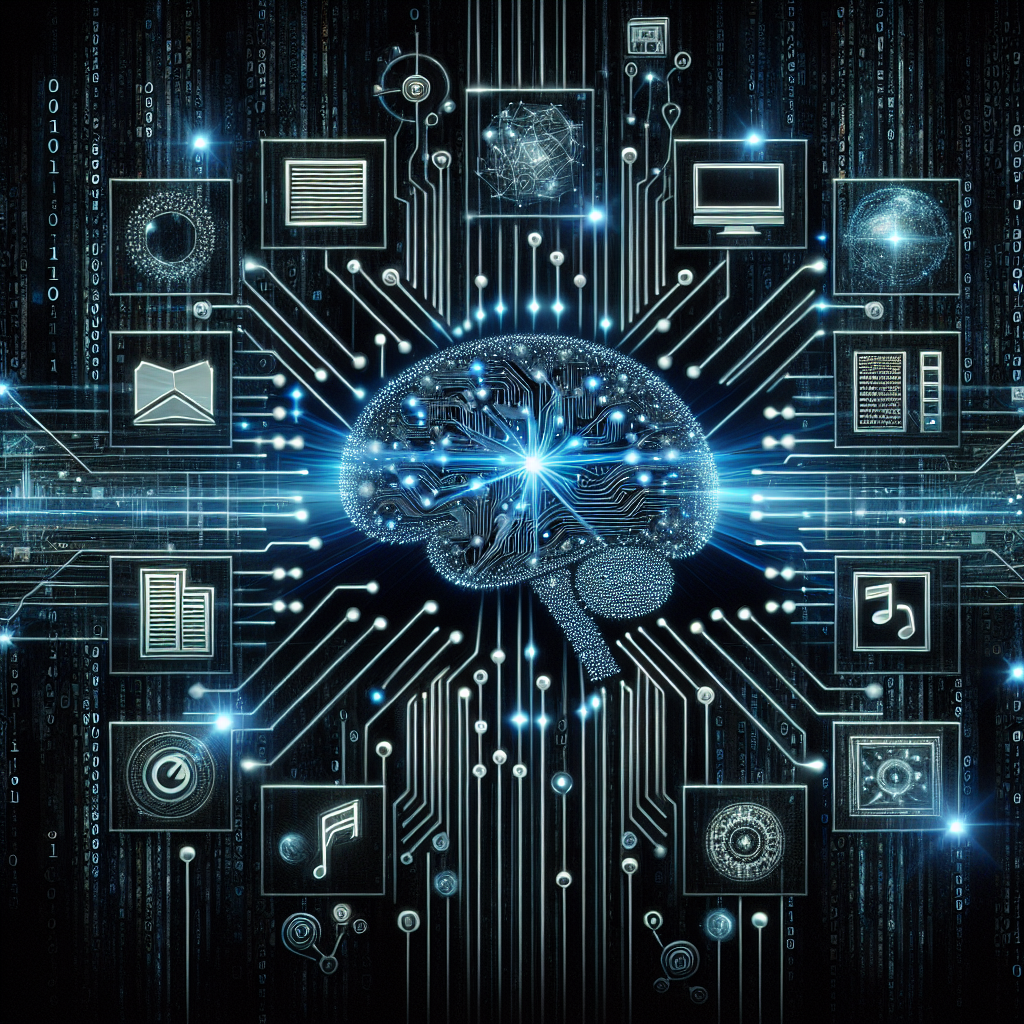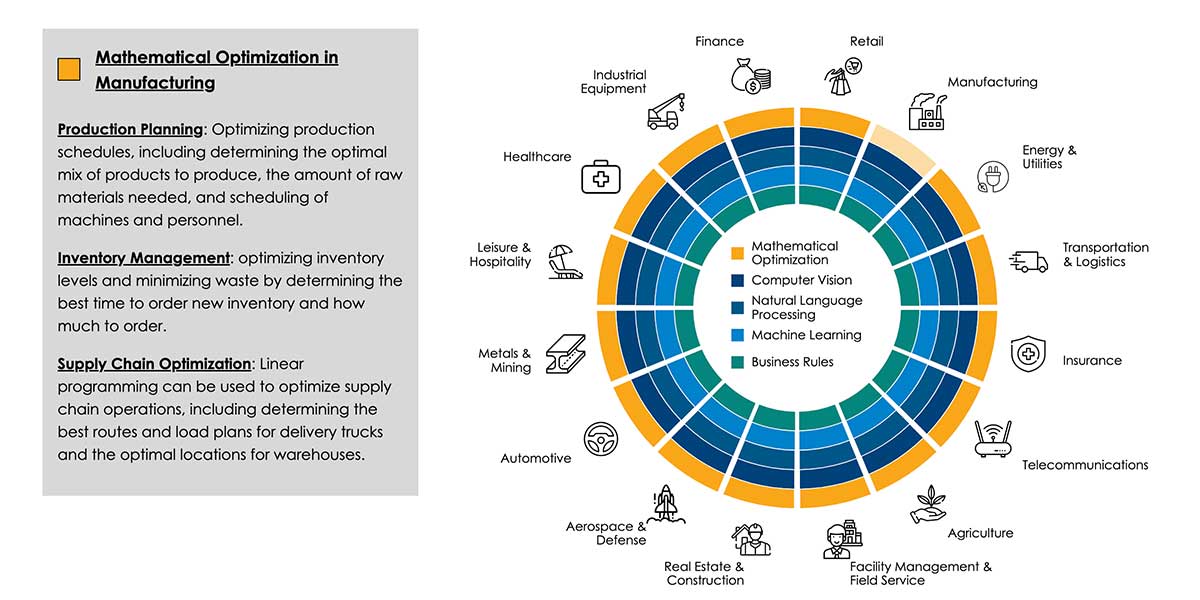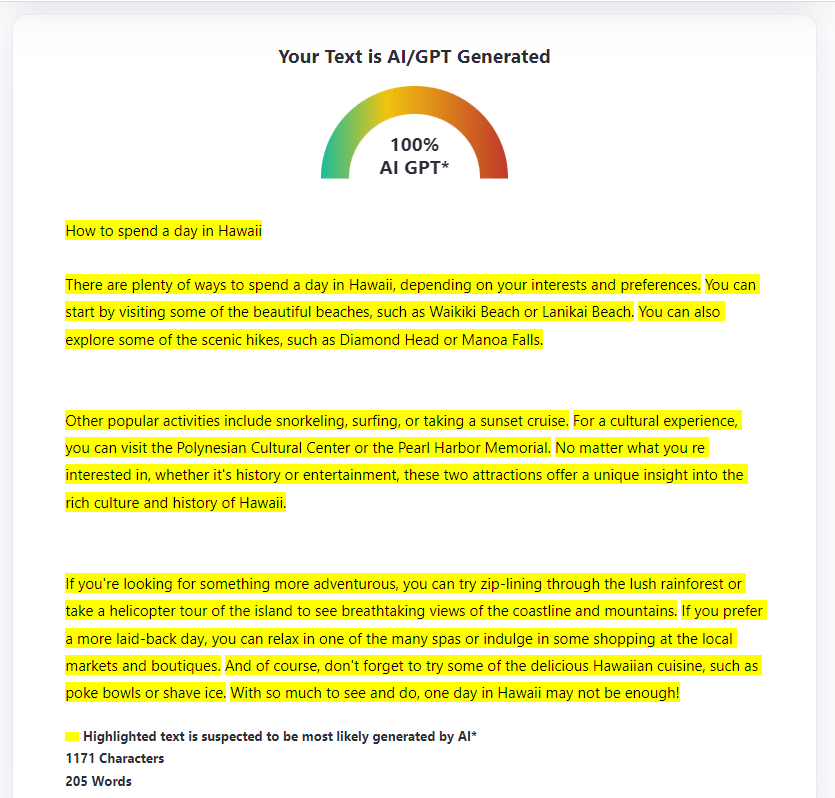Uncover the mysterious world of AI content detectors and learn how they operate with our expert insights and best practices.

Image courtesy of via DALL-E 3
Table of Contents
- Introduction to AI Content Detectors
- How Do AI Content Detectors Work?
- Types of Content AI Can Detect
- Common Uses of AI Content Detectors
- Benefits of Using AI Content Detectors
- Challenges and Limitations of AI Content Detectors
- Best Practices for Using AI Content Detectors
- The Future of AI Content Detectors
- Conclusion
- FAQs about AI Content Detectors
Introduction to AI Content Detectors
Welcome to the world of AI content detectors! In this section, we’ll learn all about what AI is, what content detectors are, and why they are so important. Let’s dive in!
What is AI?
Artificial Intelligence (AI) is like a super-smart computer brain that can learn from examples and make decisions on its own. It’s like having a robot friend who can think and learn like a human, but even faster!
Why Do We Need Content Detectors?
Content detectors are like super-sleuths that help keep the internet safe. They search for bad stuff like spam, fake news, and harmful content to protect us while we explore online. Without them, our online world could be a messy and dangerous place!
How Do AI Content Detectors Work?
AI content detectors work by learning from examples. Imagine you have a friend who loves to collect pictures of different animals. At first, they might show you a few pictures of dogs and say, “This is a dog.” After seeing many examples of dogs, you start to recognize the patterns, like floppy ears and wagging tails, that make up a dog. AI works in a similar way but with lots and lots of examples to learn from.
Checking for Patterns
Once AI has learned from these examples, it can then check for patterns in content. Let’s say you have a pile of pictures with different animals in them. The AI content detector will look at these pictures and search for patterns that match what it has learned. If it spots floppy ears and a wagging tail, it might say, “This is a dog.” By checking for these patterns, AI can identify what’s in a picture or written content.
Types of Content AI Can Detect
Artificial Intelligence (AI) is not just limited to text; it can also detect various forms of content like images and videos. Let’s explore the different types of content AI can analyze and understand.

Image courtesy of www.leewayhertz.com via Google Images
Detecting Text
AI has the ability to read and interpret written content. It can understand the words and language used in a piece of text. This helps in filtering out inappropriate or harmful messages and information from spreading online.
Recognizing Images
When it comes to images, AI can recognize objects, people, and even scenes within pictures. By analyzing the visual content, AI can determine what is depicted in an image, aiding in identifying inappropriate or sensitive material.
Analyzing Videos
AI can also analyze videos to detect specific types of content such as violence, adult content, or even copyrighted material. By examining the visual and audio components of videos, AI can assist in flagging or removing harmful or inappropriate content from online platforms.
Common Uses of AI Content Detectors
AI content detectors have become essential tools in today’s digital landscape, helping to maintain safety and integrity online. Let’s explore some of the common ways in which AI content detectors are being utilized.
Keeping Websites Safe
One of the primary uses of AI content detectors is to keep websites safe by moderating content. AI algorithms can swiftly scan through vast amounts of data to identify and remove inappropriate or harmful content such as hate speech, violence, or graphic images. By doing so, these detectors help create a safer online environment for users of all ages.
Identifying Spam
Spam messages and emails can clutter our inboxes and pose risks such as phishing scams or malware distribution. AI content detectors play a crucial role in identifying and blocking spam by analyzing patterns in text content, sender behavior, and links. This helps users avoid falling victim to fraudulent schemes and keeps their online experience free from unwanted distractions.
Stopping Fake News
Fake news has the potential to mislead and manipulate audiences, impacting public opinion and trust in media sources. AI content detectors are instrumental in combating the spread of misinformation by analyzing news articles for credibility, fact-checking claims, and flagging potentially deceptive content. By stopping fake news in its tracks, AI helps promote a more informed and truthful online discourse.
Benefits of Using AI Content Detectors
AI content detectors offer several benefits that make them valuable tools for businesses and organizations. Let’s explore some of the advantages of utilizing AI technology for content detection:
Image courtesy of fitsmallbusiness.com via Google Images
Being Fast and Efficient
One of the key benefits of using AI content detectors is their speed and efficiency. AI can quickly analyze and classify large volumes of content, saving a significant amount of time compared to manual screening by humans. This rapid processing enables organizations to stay ahead of the constantly evolving online landscape and respond promptly to potential threats or inappropriate content.
Saving Money
AI content detectors can also be more cost-effective than relying solely on human moderators. By automating the content detection process, organizations can reduce the resources and manpower required to monitor and filter content effectively. This cost-saving measure allows businesses to allocate their finances more efficiently and invest in other areas of growth and development.
High Accuracy
AI content detectors exhibit high levels of accuracy in identifying inappropriate or harmful content. Through machine learning algorithms and continuous training, AI systems can learn to recognize patterns and flag content that violates set guidelines or standards. This precision in detection helps organizations maintain a safe and secure online environment for their users and protects against potential risks or threats.
Challenges and Limitations of AI Content Detectors
AI content detectors are incredibly powerful tools that help in filtering and monitoring online content. However, like any technology, they come with their own set of challenges and limitations that can impact their effectiveness.
False Positives
One of the challenges with AI content detectors is the occurrence of false positives. False positives happen when the detector wrongly identifies content as inappropriate or harmful when, in reality, it is not. This can lead to unnecessary content removal and can hinder the user experience.
Understanding Context
Another limitation of AI content detectors is their struggle to understand context. While AI excels at recognizing patterns, it sometimes fails to grasp the subtle nuances of language or images, leading to misinterpretations of content.
Bias Issues
AI content detectors can also be prone to bias issues. This bias is often a result of the data the AI has been trained on, which may not be representative of the diverse range of content found on the internet. As a result, the detector may exhibit bias in its decision-making process.
Best Practices for Using AI Content Detectors
When using AI content detectors, it’s crucial to provide them with diverse and high-quality training data. This data acts as the foundation on which the AI learns to recognize patterns and identify different types of content. By ensuring that the training data is comprehensive and representative of the content you want the AI to detect, you can significantly improve the accuracy and effectiveness of the detectors.

Image courtesy of decisionbrain.com via Google Images
Combining AI with Human Oversight
While AI content detectors are powerful tools, they are not infallible. It’s essential to have human oversight to complement the AI’s work. Humans can provide context, nuanced understanding, and moral judgment that AI may lack. By pairing AI with human oversight, you can enhance the accuracy of content detection and mitigate the risk of errors or biases in the AI’s assessments.
Regularly Updating AI Systems
To ensure that AI content detectors remain effective and efficient, it’s necessary to regularly update them with new data and technology. Content trends, patterns, and threats evolve over time, so keeping the AI systems up-to-date is vital for maintaining their relevancy and accuracy. By consistently updating the AI with the latest information and advancements, you can maximize its performance and adaptability to changing content landscapes.
The Future of AI Content Detectors
In the future, AI systems are likely to become even smarter than they are now. This means they will be better at recognizing patterns and understanding content. Imagine AI detectors that can not only flag inappropriate content but also provide more nuanced insights into the context of the material. These smarter systems could revolutionize how we monitor and filter online content.
More Automation
As AI technology advances, we can expect to see more tasks being automated by AI content detectors. This automation could lead to more efficient and accurate content monitoring processes. For example, AI might soon be able to quickly scan through vast amounts of videos, images, and text, flagging any potentially harmful or inappropriate content with minimal human intervention.
Better at Understanding
In the future, AI content detectors could become even better at understanding the content and context of the material they analyze. This means they could be more adept at identifying subtle nuances and differentiating between various forms of content. With improved algorithms and machine learning capabilities, AI detectors may be able to accurately interpret complex information, enabling them to provide more precise and reliable results.
Conclusion
In conclusion, AI content detectors play a vital role in monitoring and filtering online content. They use advanced technology such as machine learning and algorithms to analyze text, images, and videos efficiently and accurately.

Image courtesy of www.webfx.com via Google Images
Recap Key Points
We learned that AI detectors work by learning from examples and identifying patterns in content. They can detect various types of content like text, images, and videos. These detectors are used for content moderation, spam detection, and preventing the spread of fake news.
AI content detectors offer benefits such as being fast, efficient, cost-effective, and highly accurate. However, they also face challenges like false positives, context understanding issues, and bias problems.
Best practices for using AI content detectors include using good training data, combining AI with human oversight, and regularly updating AI systems to maintain efficiency.
Final Thoughts
As technology continues to advance, we can expect AI content detectors to become even smarter and more automated. These systems hold immense potential for enhancing online safety and content monitoring. By understanding how AI detectors work and the best practices for using them, we can harness their capabilities effectively.
Want to turn these SEO insights into real results? Seorocket is an all-in-one AI SEO solution that uses the power of AI to analyze your competition and craft high-ranking content.
Seorocket offers a suite of powerful tools, including a Keyword Researcher to find the most profitable keywords, an AI Writer to generate unique and Google-friendly content, and an Automatic Publisher to schedule and publish your content directly to your website. Plus, you’ll get real-time performance tracking so you can see exactly what’s working and make adjustments as needed.
Stop just reading about SEO – take action with Seorocket and skyrocket your search rankings today. Sign up for a free trial and see the difference Seorocket can make for your website!
FAQs about AI Content Detectors
What is AI?
AI stands for Artificial Intelligence, which is like a smart computer program that can learn from examples and make decisions on its own. It’s kind of like having a really smart robot helping us do things faster and better!
How Can AI See Pictures?
AI can see pictures by looking at them pixel by pixel and recognizing shapes, colors, and patterns. It’s like when you look at a picture and can tell what’s in it, like a cat or a tree. AI uses its special algorithms to do the same thing but much faster!
Why Do AI Content Detectors Make Mistakes?
Sometimes AI content detectors can make mistakes because they may not understand the context of the content like humans do. For example, if a picture has a toy gun in it, AI might mistake it for a real gun because it can’t always tell the difference based on just the image. It’s still learning and getting better every day!







